Yumiko Reynolds describes her figurative textile art as ‘Stitch-Drawing’. She uses freehand machine embroidery and surface manipulation to express tonal value and the human form. Yumiko is a member of The Society of Designer Craftsmen (MSDC), Prism Textiles and HapticArt.
In our interview with Yumiko we delve into her processes, take a look at her sketchbooks and discover how she developed the ‘Stitch-Drawing’ technique.
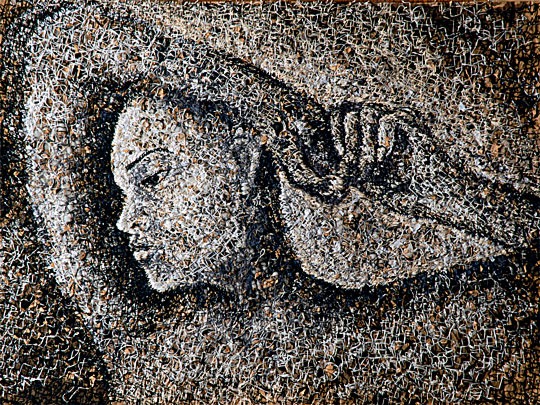
The character of the fabric
What initially captured your imagination about textile art?
Freehand machine embroidered hangings.
What or who were your early influences and how has your life/upbringing influenced your work?
My early influences must have been in my childhood. My grandfather and father ran a millinery business. When I was a child I used to play at the workshop surrounded by all sorts of fabrics, threads, patterns, sewing machines, etc. I was a keen dressmaker and I was allowed to use a Singer industrial sewing machine and a Janome sewing machine at the workshop. I was most proud of producing perfect tensions according to the character of the fabric.
It was an eye opening experience for me to encounter freehand machine embroidery techniques. I was hooked by the world of “free machine embroidery” from the moment that I realised that the method of wrong tension was used on purpose as one of techniques to distort the surface or for pulling up bobbin thread.
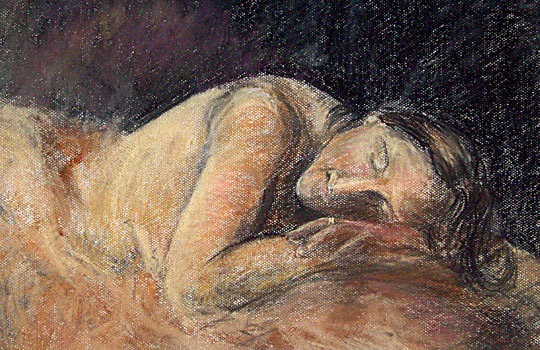
What was your route to becoming an artist?
My starting point was a City & Guild creative studies course in Embroidery run by the textile artists Sandra Hurll and Kate Davis. Although I didn’t aim to be an artist at the time, I joined a life drawing class as well to improve my drawing skills. After the completion of the C&G course and while my son was young, I concentrated on drawings and painting because I didn’t want to risk dropping needles on the floor. My gradually growing feelings toward textile works led me to take an HE diploma course in stitched textiles at the East Berkshire College, Windsor run by Jan Beaney, Jean Littlejohn and Louise Baldwin. At the same time, I continued attending a life drawing class by Kevin Chapman. After I graduated with the HE diploma, I have been regularly exhibiting my works with HapticArt, the Society of Designer Craftsmen and Prism Textiles and I have started attending a portrait class run by Adele Wagstaff.
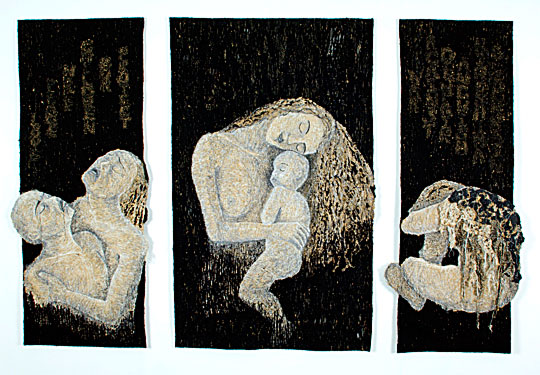
Stitch-Drawing
What is your chosen medium and what are your techniques?
My chosen medium is currently “thread on paper” using free machine stitches.
How would you describe your work and where do you think it fits within the sphere of contemporary art?
I describe my work as ‘Stitch-Drawing’. A sewing machine is one of my drawing tools.
My challenge is to push the boundaries of stitching and drawing to create a new kind of art form – ‘Stitch Drawing’, on a surface constructed by fibre, thread or paper.
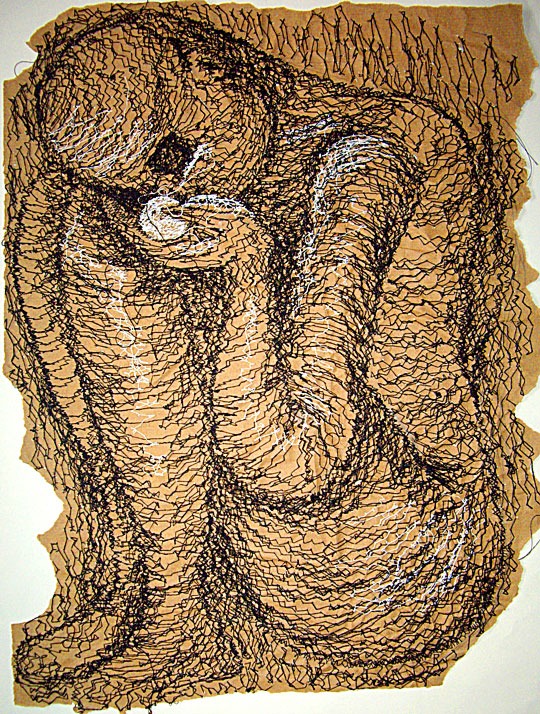
Tell us a bit about your process and what environment you like to work in?
I start with research, I use the internet most of the time. I also flick through art books, exhibition catalogues and magazines. Then I do a ‘brain storm’. This is when I scribble and doodle in my sketchbook and go back to visual research. Once I collect my resources, I visualise my ideas in my sketchbook. Then I create tonal studies and colour studies. During this process, I think through how I should build up the stitches and how I could complete the piece. After that, I enlarge the design to life size and select threads according to the colour study. I transfer the life size drawing onto my chosen surface (such as layers of brown paper or water soluble paper). Then, I finally start stitching which involves layer upon layer of stitches and surface manipulation.
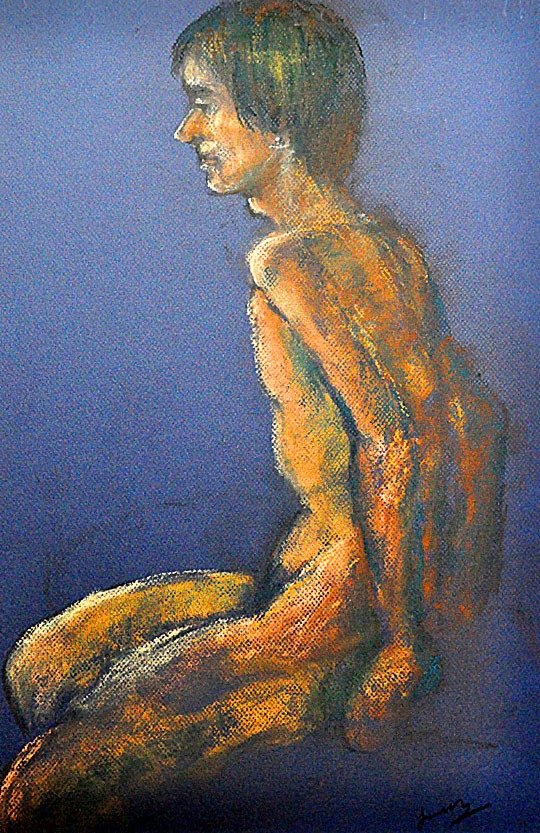
Visual notes
Do you use a sketchbook?
Yes. Sketchbooks are very important to me. In them, I practice my drawings; I build up ideas and I make visual notes for my works.
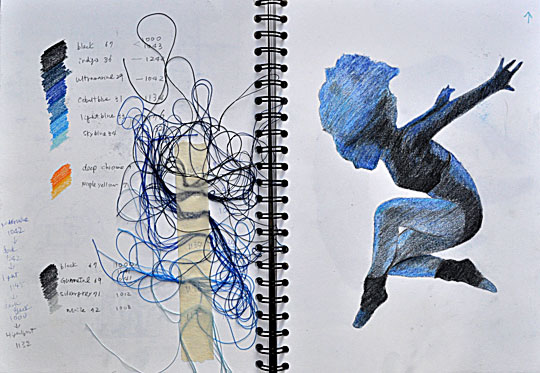
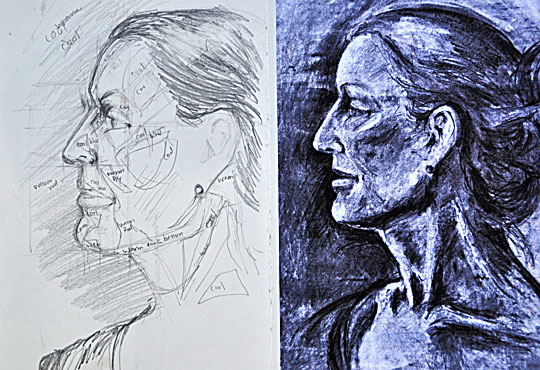
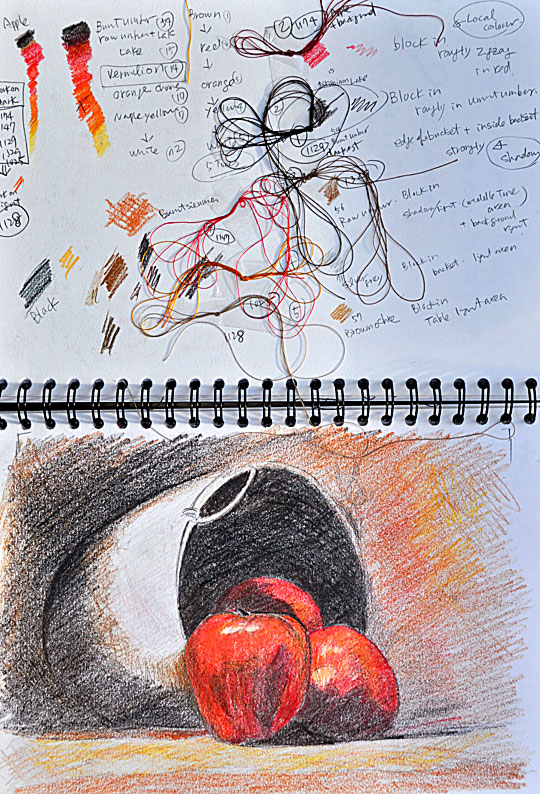
What currently inspires you and which other artists do you admire and why?
Old Master oil paintings currently inspire me. I am overwhelmed by their technical virtuosity. I am experimenting with how I can develop my ‘stitch drawings’ by learning from their art style and skills.
Tell us about a piece of work you have fond memories of and why?
I have fond memories of my “Mother and Child” series which is based on the unconditional love to my baby from my experiences of a very difficult pregnancy and of spending the first four weeks in the Special Baby Care Unit after giving birth. My most favourite “Mother and Child” piece is now in a private collection by the lady who told me about her moving story when she had her baby. I am delighted that I could have communicated in such a way through my work.
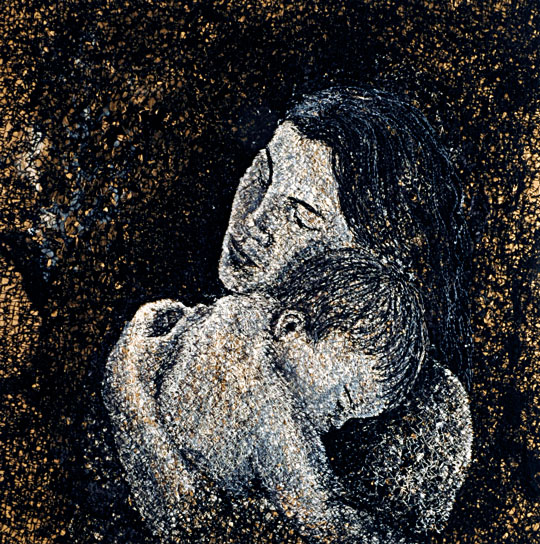
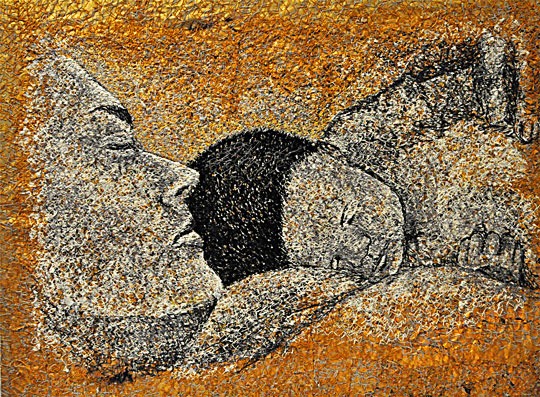
Delicate and lacy
How has your work developed since you began and how do you see it evolving in the future?
I have been experimenting with different surfaces since I graduated with the diploma. I construct the surface with machine stitches, and then I build up layers of stitches and create images. Before, my surfaces were very dense and solid. Since then, I have developed them into a more delicate and lacy surface. I continue to try to experiment with the surfaces by manipulating stitched paper.
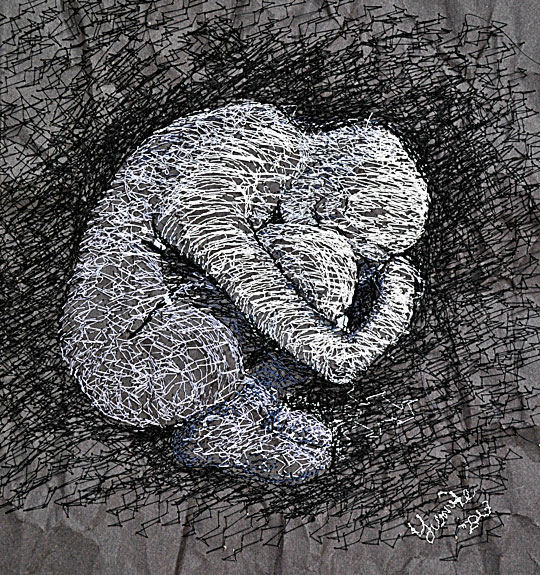
What advice would you give to an aspiring textile artist?
If you are aiming to create figurative images on any surface, it is essential to improve your drawing skills. The best way to do this is to take up a life drawing class.
My belief is that the more I improve my drawing and painting skills, the more interesting works I should be able to create.

Resources
Can you recommend 3 or 4 books for textile artists?
I recommend the publications by Jan and Jean (the double trouble enterprise) who are my tutors at Windsor where I studied creative stitched textiles.
Also, the Publications by Val Holmes are very useful for machine embroidery, especially for beginners.
To improve your drawing skills, I recommend the recently published book, [easyazon_link asin=”082300659X” locale=”UK” new_window=”default” nofollow=”default” tag=”wwwtextileart-21″ add_to_cart=”default” cloaking=”default” localization=”default” popups=”default”]Lessons in Classical Drawing by Juliette Aristides, Watson-Guptill Publications, which I am following page by page at the moment.

What piece of equipment or tool could you not live without?
My pencil and sketchbook and, of course, my sewing machine.
Do you give talks or run workshops or classes?
Yes, on request.
Where can readers see your work this year?
I am in the Hidden Treasure Art Magazine Yearbook 2014 which was published in January 2014 (pages 112/113).
I am working toward exhibitions in the early summer and autumn – the official announcement will come out soon.
For more information please visit: yumikoreynolds.com
If you’ve enjoyed this interview with Yumiko let us know by leaving a comment below
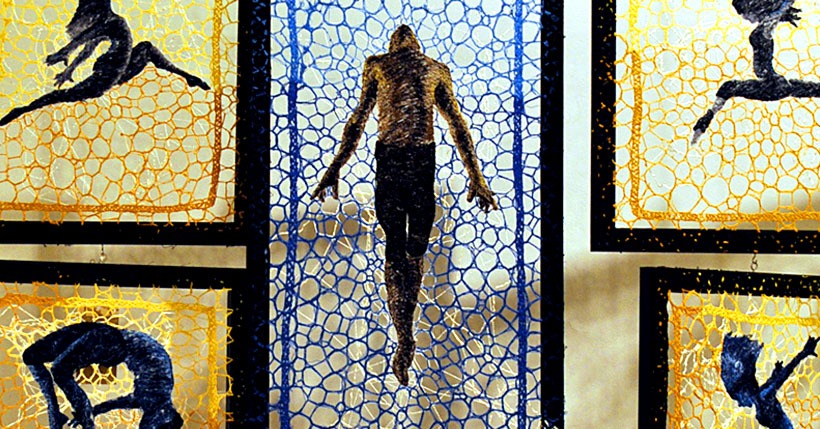
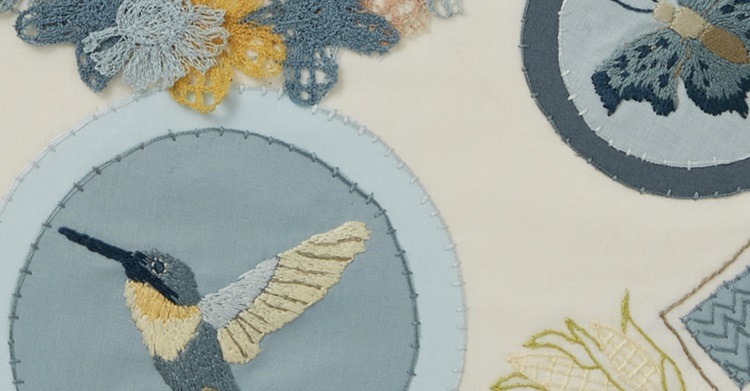
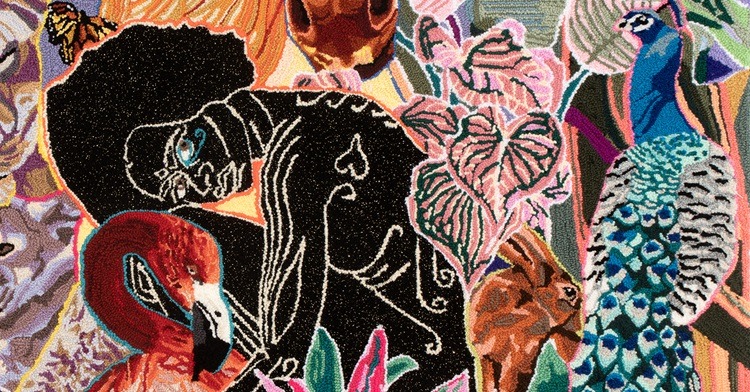
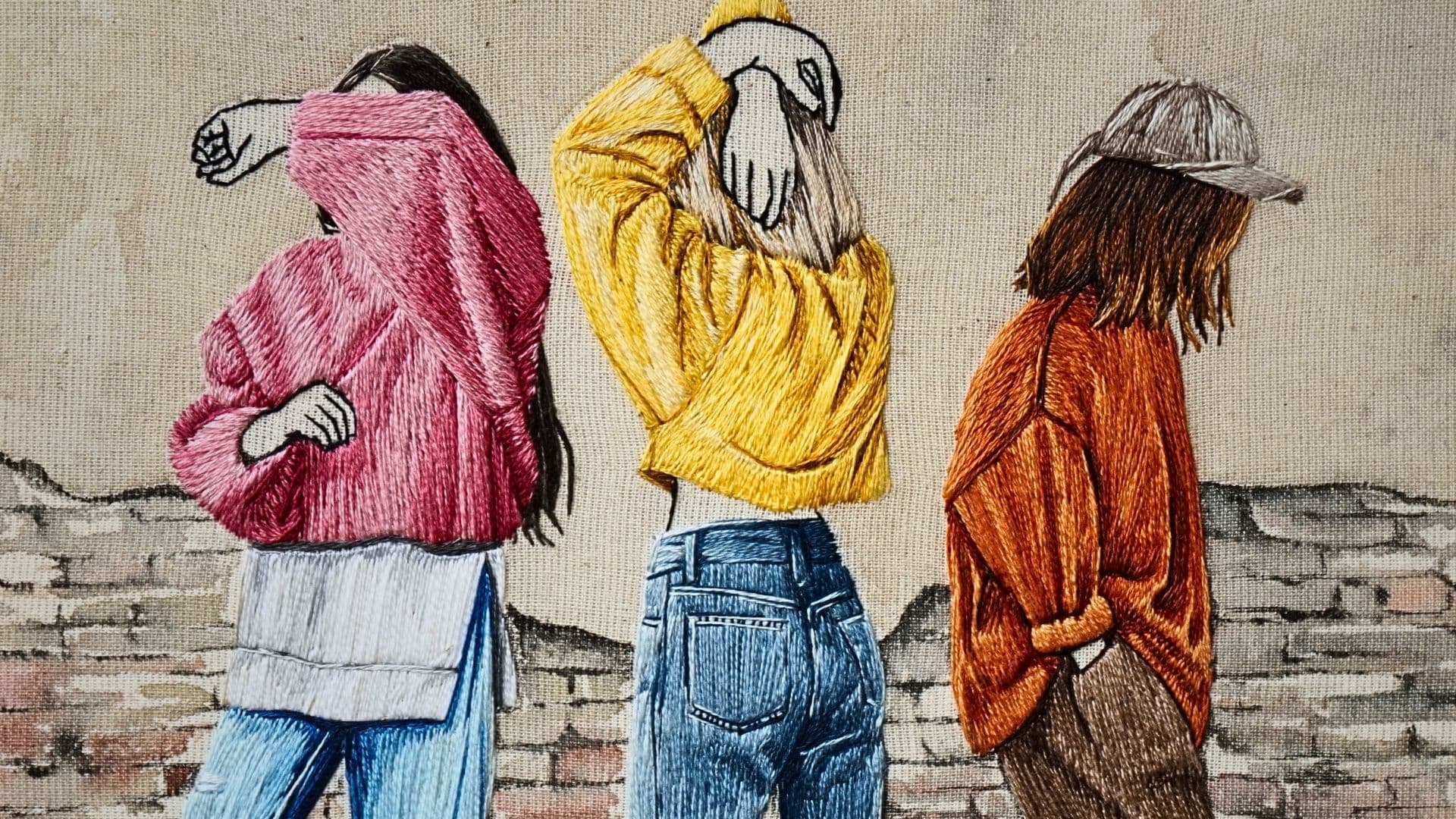
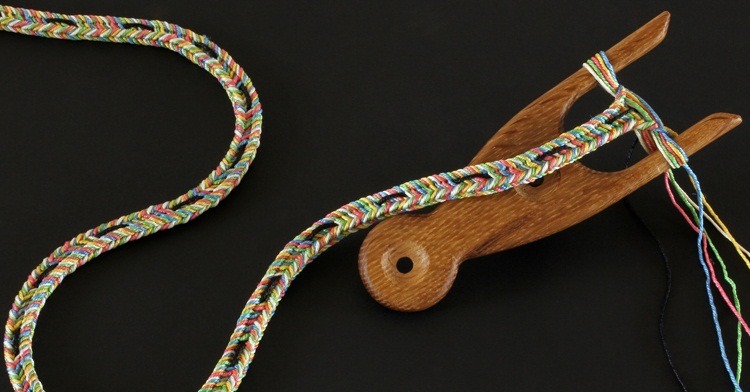
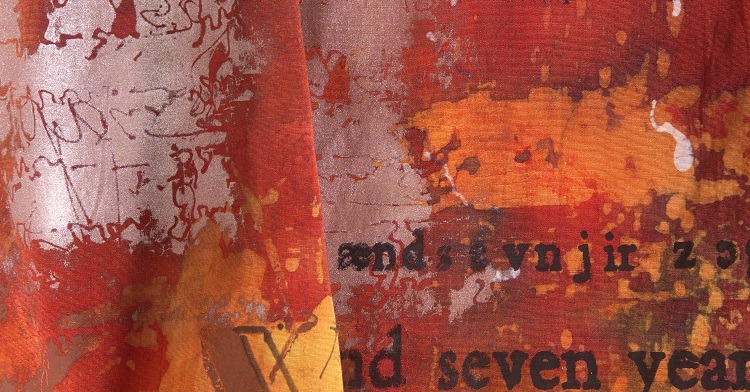

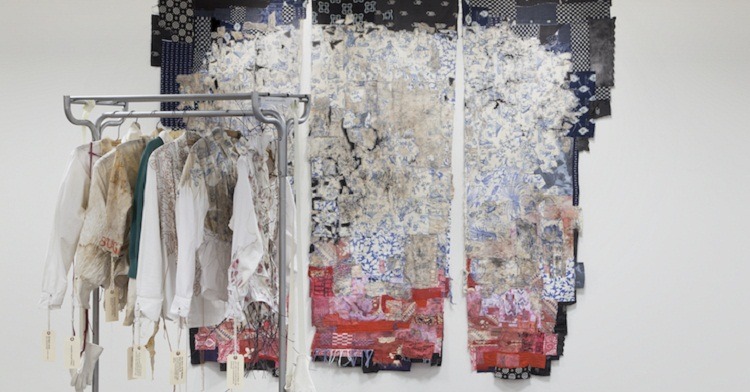
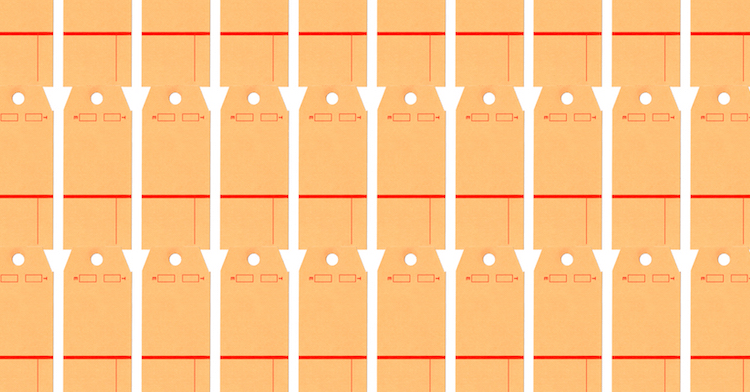
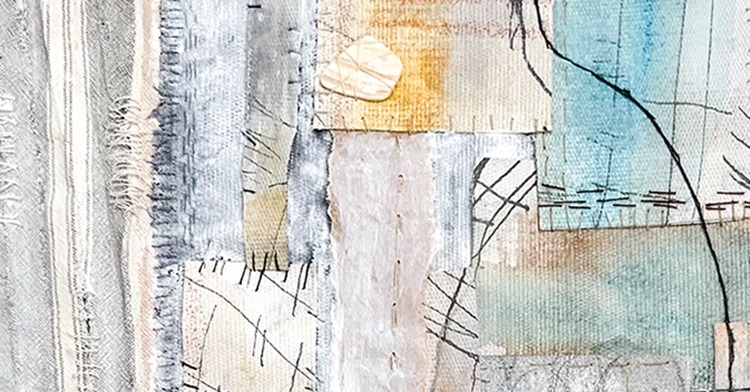
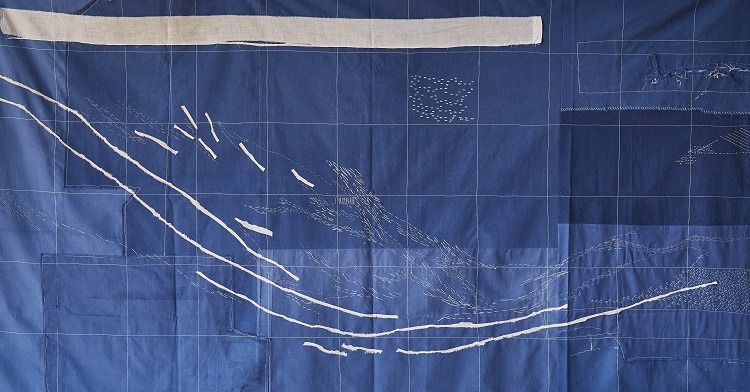
Comments